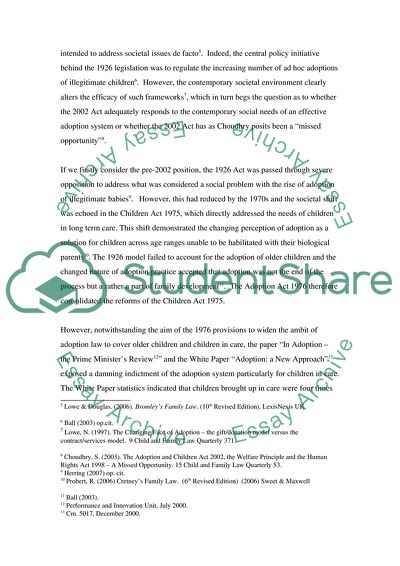Cite this document
(The Changes Their Impact on the Family Current Law Term Paper - 4, n.d.)
The Changes Their Impact on the Family Current Law Term Paper - 4. Retrieved from https://studentshare.org/law/1719758-family-law
The Changes Their Impact on the Family Current Law Term Paper - 4. Retrieved from https://studentshare.org/law/1719758-family-law
(The Changes Their Impact on the Family Current Law Term Paper - 4)
The Changes Their Impact on the Family Current Law Term Paper - 4. https://studentshare.org/law/1719758-family-law.
The Changes Their Impact on the Family Current Law Term Paper - 4. https://studentshare.org/law/1719758-family-law.
“The Changes Their Impact on the Family Current Law Term Paper - 4”, n.d. https://studentshare.org/law/1719758-family-law.


